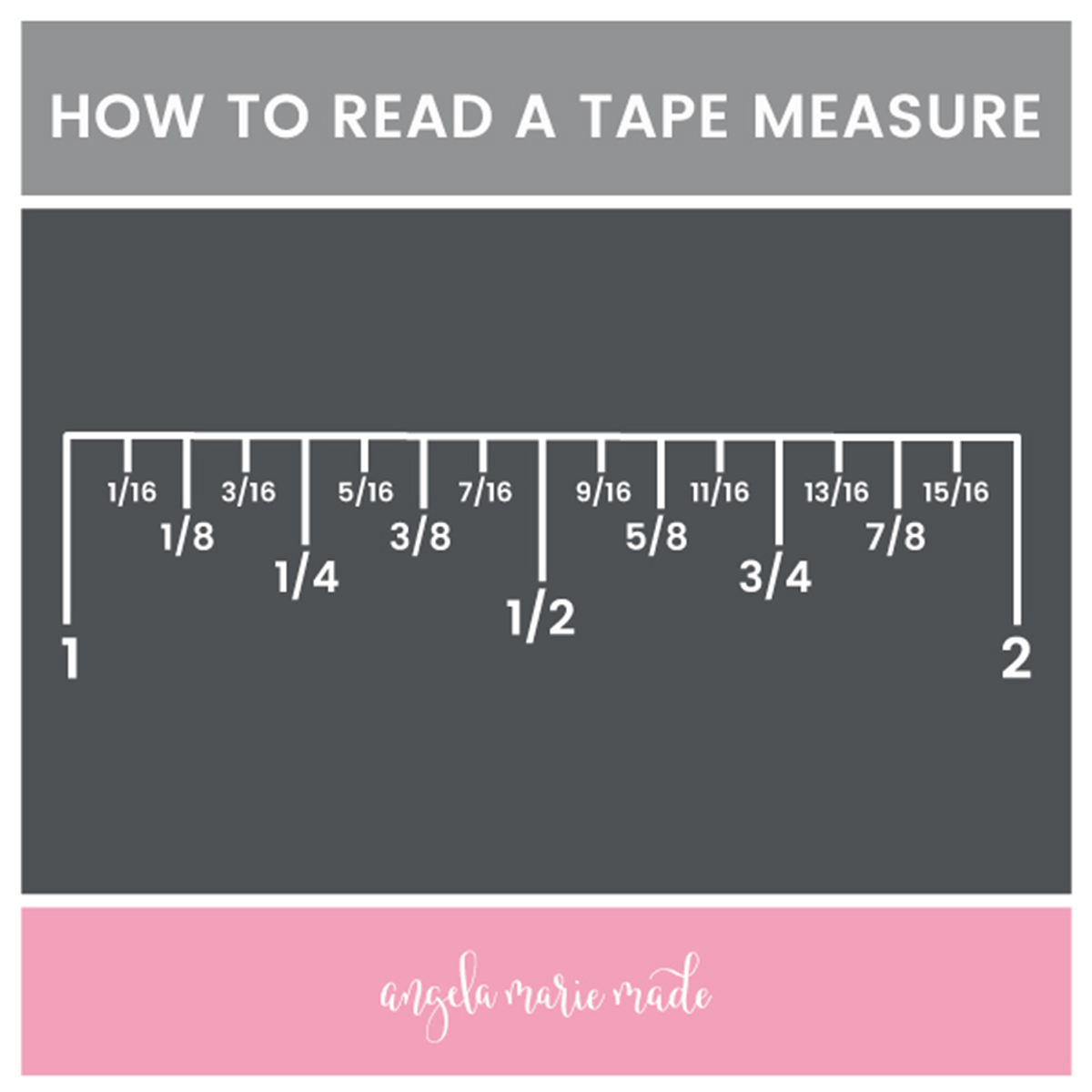In the world of home improvement, construction, and various trades, knowing how to read a tape measure is an indispensable skill. It’s not just about knowing how to measure distances; it’s about precision, accuracy, and avoiding costly mistakes.
Whether you’re a seasoned professional or a weekend DIY enthusiast, the ability to read a tape measure correctly can save you time, effort, and make your projects more successful.
This article will serve as your comprehensive guide to mastering the art of tape measure reading. We’ll break down the different components, explain common markings and scales, and provide tips for taking accurate measurements. By the end, you’ll be equipped with the knowledge and confidence to tackle any measurement challenge with ease.
How to Read a Tape Measure

Tape measures are essential tools for measuring and gauging distances in various applications. Whether you are a professional contractor, a DIY enthusiast, or simply need to measure something around the house, understanding how to read a tape measure accurately is crucial.
Here’s a comprehensive guide to help you master this skill:
Reading Inches and Feet
Most tape measures are marked with both inches and feet. The larger numbers represent feet, while the smaller numbers represent inches. Inches are further divided into 16ths or 32nds, which are marked with smaller tick marks along the tape.
To read the measurement, start at the zero mark and count the full feet towards the end of the tape. Then, count the inches by noting the smaller numbers or tick marks. For instance, if the tape reads “3′ 5″”, it means the measurement is 3 feet and 5 inches.
Finding Fractions
Tape measures typically have tick marks or small lines between the inch marks. These lines represent fractions of an inch. If there are 16 lines between each inch, they represent 16ths of an inch. If there are 32 lines, they represent 32nds of an inch.
To read the fraction, count the number of lines from the previous full inch mark. For example, if the tape reads “3′ 5” with two lines after the 5, it means the measurement is 3 feet, 5 inches, and 2/16 of an inch.
Estimating Smaller Measurements
Tape measures usually have smaller tick marks or dots between the fraction lines. These represent even smaller measurements, typically 1/64th of an inch. Estimating smaller measurements is useful when precision is required. By noting the distance between the fraction lines and the smaller marks, you can estimate the additional measurement needed.
Reading Metric Measurements
Some tape measures also include metric markings, such as centimeters and millimeters. Metric measurements follow a similar principle as imperial measurements. The larger numbers represent meters, while the smaller numbers represent centimeters. Millimeters are usually marked with finer tick marks along the tape.
To read metric measurements, start at the zero mark and count the full meters towards the end of the tape. Then, count the centimeters and millimeters by noting the smaller tick marks.
Understanding Tape Measure Scales
Tape measures can feature different scales, each with its own purpose and application.
Inch Scale: The inch scale is the most common in the United States and is typically indicated by markings in black. It measures lengths in feet and inches, with 12 inches equaling one foot.
Metric Scale: The metric scale is based on the International System of Units (SI). It measures lengths in meters, centimeters, and millimeters, with 100 centimeters equaling one meter. Metric scales may be marked in red.
Reading Fractional Markings
Fractional markings on a tape measure allow you to measure lengths smaller than one inch.
16ths of an Inch: Many tape measures have tick marks between inch markings that represent 16ths of an inch. For example, a measurement of 5 6/16 inches means that it is 5 inches plus 6/16 of an inch.
32nds of an Inch: Some tape measures have finer tick marks that represent 32nds of an inch. This is useful for measuring small distances with high precision.
Identifying Special Markings
Tape measures may include special markings to indicate specific measurements or features.
Center Mark: Some tape measures have a center mark at the middle of the tape. This is useful for centering objects or making symmetrical measurements.
Stud Markings: Certain tape measures have markings every 16 inches, which is the standard spacing for studs in walls. This helps in finding studs for framing or hanging objects.
Trimming Tape: Some tape measures have a flexible “trimming tape” at the end of the blade. This allows for precise measurements in tight spaces or around corners.